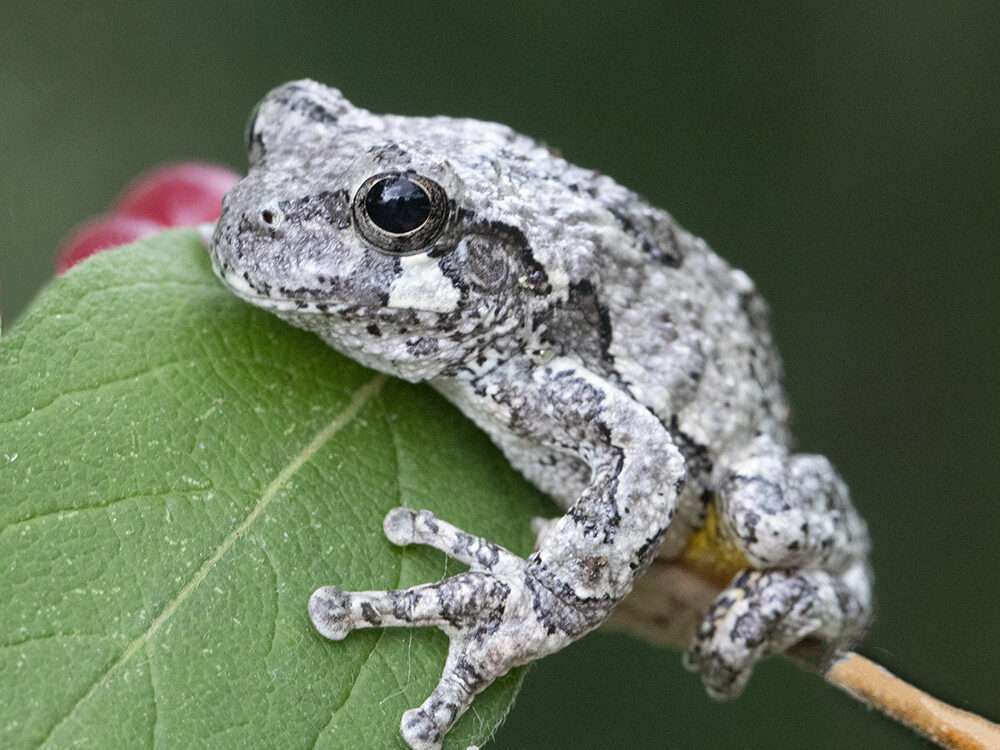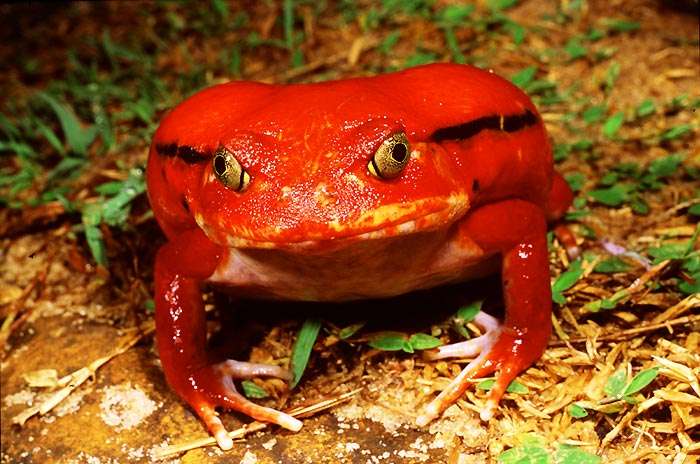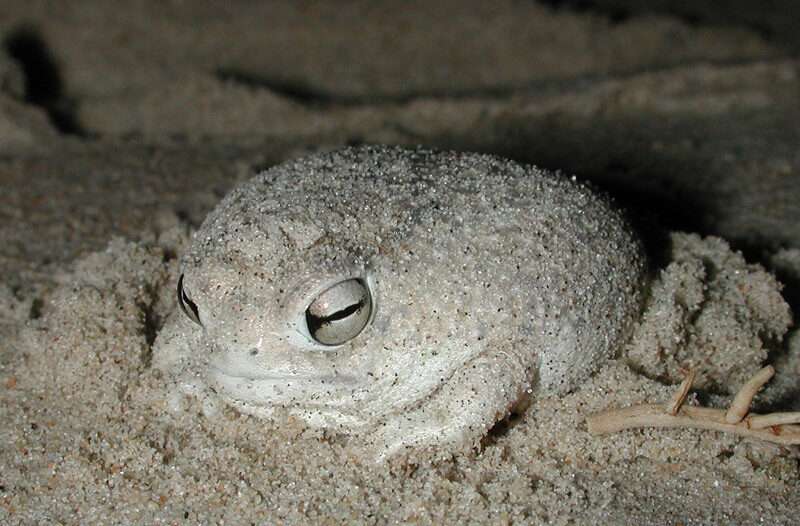
With temperature or substrate colour, the gray tree frog, which resembles a chameleon, changes colour. With blackish mottling, their backdrop colors range from gray to green. Gray tree frogs do not lose their mottling in warm weather, unlike the Cope’s gray tree frog, though it may wane. Gray tree frogs feature brilliant yellow inner thigh markings and a white spot beneath each eye in all cases. The prominent toe pads act as suction cups to adhere to diverse surfaces. Compared to the Cope, their call is more melodious. Even outside of breeding season, this species will call, especially on warm, rainy, or humid days. Living in forests and huge wooded areas, gray tree frogs breed in temporary to permanent wetlands.
Habitat
Hyla versicolor and Hyla chrysoscelis, two species of gray tree frogs, can be found in a large area, including southern Ontario, Maine, middle Texas, Manitoba, and northern Florida. In New Brunswick, there is also mention of a lone colony. More research is required to determine where the two species overlap because they appear to be physically identical. (2000) Collins and Conant. The eastern gray tree frog is typically found in the range’s north and northeast. The distribution patterns of the several species of gray tree frogs, however, are incredibly variable.
European gray tree frogs live in a variety of habitats including swamps, ponds, lakes, old fields, densely forested suburban neighborhoods, farm woodlots, and mixed or deciduous woods. They are found in all elevations of forested areas close to both temporary and permanent waters. They are most frequently discovered in moist, rotting logs or hollow trees during the summer.

Physical Appearance
The length of the eastern gray tree frog ranges from 1.25 to 2 inches (3-5 cm). The record is 2.25 inches long (6 cm). No sexual dimorphism exists. The dorsal skin of the gray tree frog is rough and sparsely wart-covered, more so than that of most frogs but less so than that of most toads. Huge toe pads that exude mucous to attach to smooth bark or man-made items near light sources are a distinctive feature of the family Hylidae. A gray tree frog’s colour can change according on its surroundings, including the season and humidity, but hues of gray with black patches on the back are the most typical. There are many shades of brown, green, and pearl-gray. The colour green is more noticeable in yearling frogs and during the breeding season. Under the eye, there is typically a white mark. The ventral skin of the hind legs may be orange to golden yellow in colour with black speckles, while the belly is white.
If there is any doubt about the colors, put the tree frog in a box, let it sit still, and then take another look at the specimen. Although the yearling frog population is only somewhat larger than the older H. versicolor population, it nonetheless exhibits the same traits. Gray tree frogs continue to grow every year until they reach the species’ physical cap.
Diet
Eastern gray tree frog tadpoles feed on algae and other pond debris as they grow into adulthood. Following metamorphosis, H. versicolor feeds on the majority of bug species and their larvae. Snails, harvestmen, mites, spiders, and plant lice are also consumed. Gray tree frogs often forage for insects under the small trees and shrubs that make up the understory of wooded regions, where they can rely on their camouflage with less risk of being eaten. H. versicolor, like the majority of frogs, is opportunistic and will occasionally consume other tree frogs as well as smaller frogs.
Benefits for Human
Because H. versicolor consumes a large number of insect pests, people benefit. Our relationship with nature is further reinforced by the nighttime entertainment provided by the spring breeding chorus. Eastern grey tree frog populations are often used as a scientific tool to assess a region’s overall biodiversity and amount of pollution. Overall, the eastern grey tree frog is beneficial to our personal health and plays a significant part in maintaining the ecological harmony of residential and agricultural areas that are wooded.
Keeping as Pet
They require a lot of care so that it is not advisable to keep gray tree frogs. Additionally, they are accustomed to a certain habitat that is very challenging to replicate.
Table





